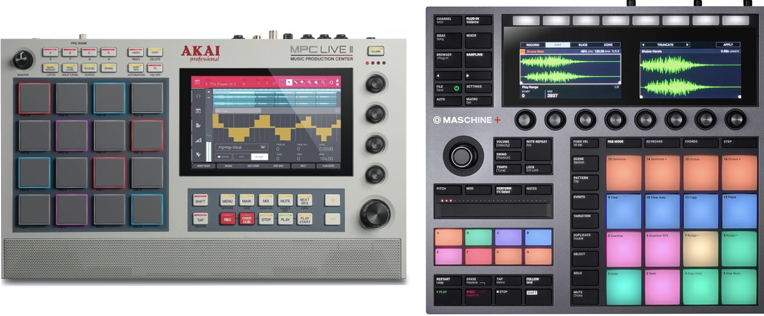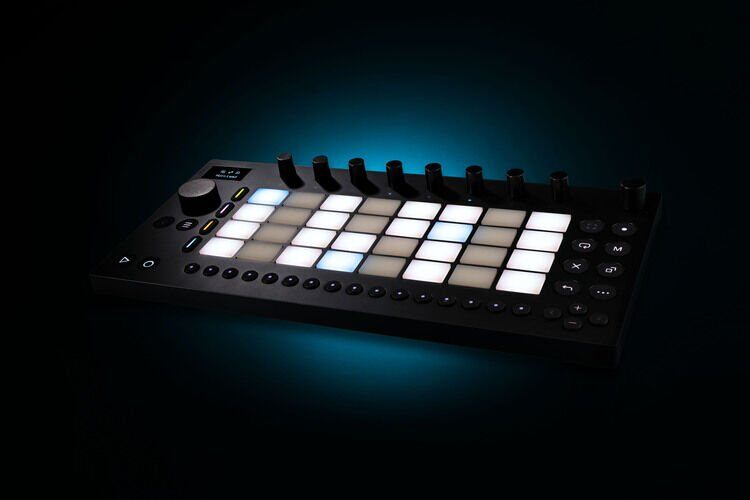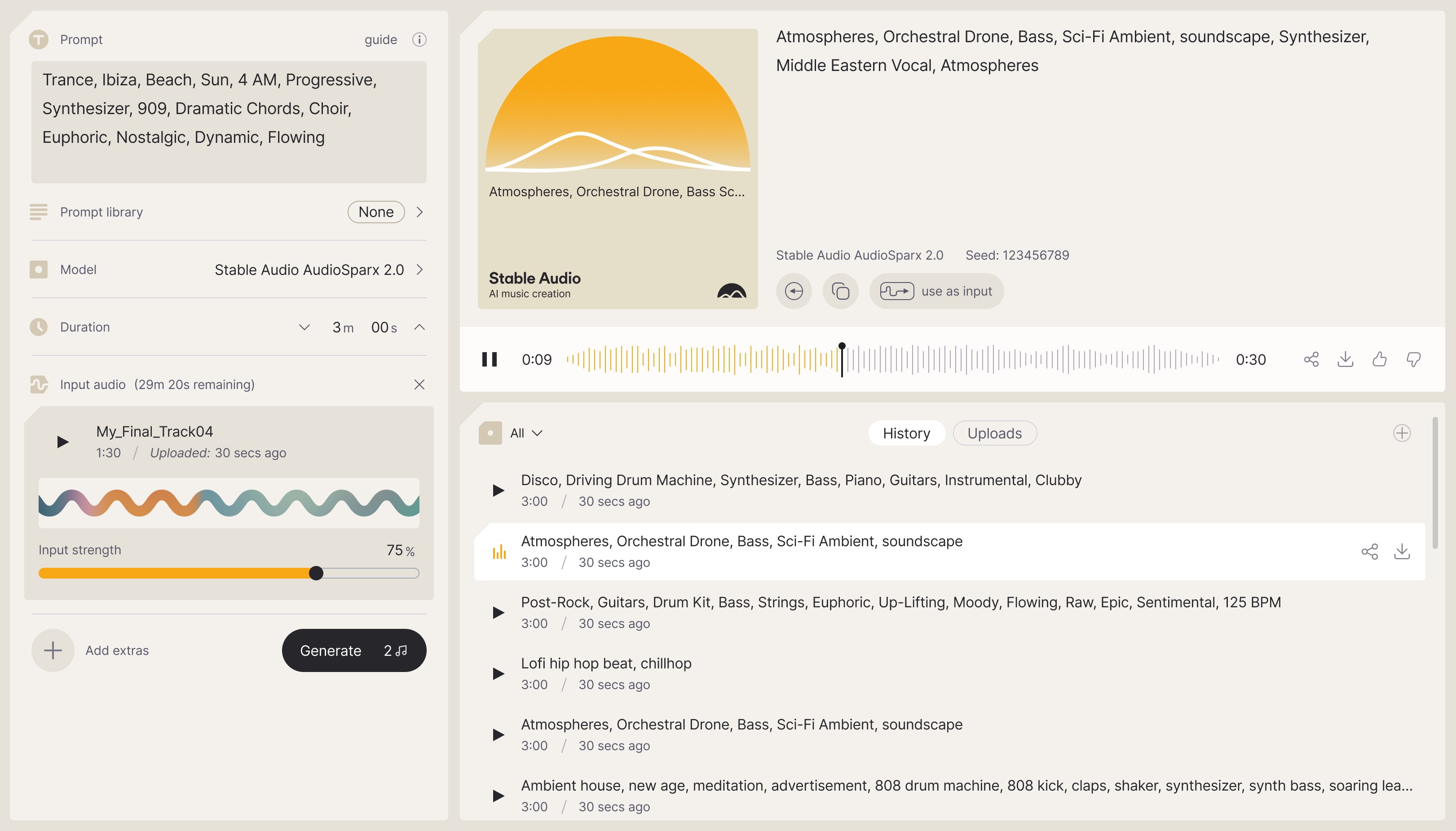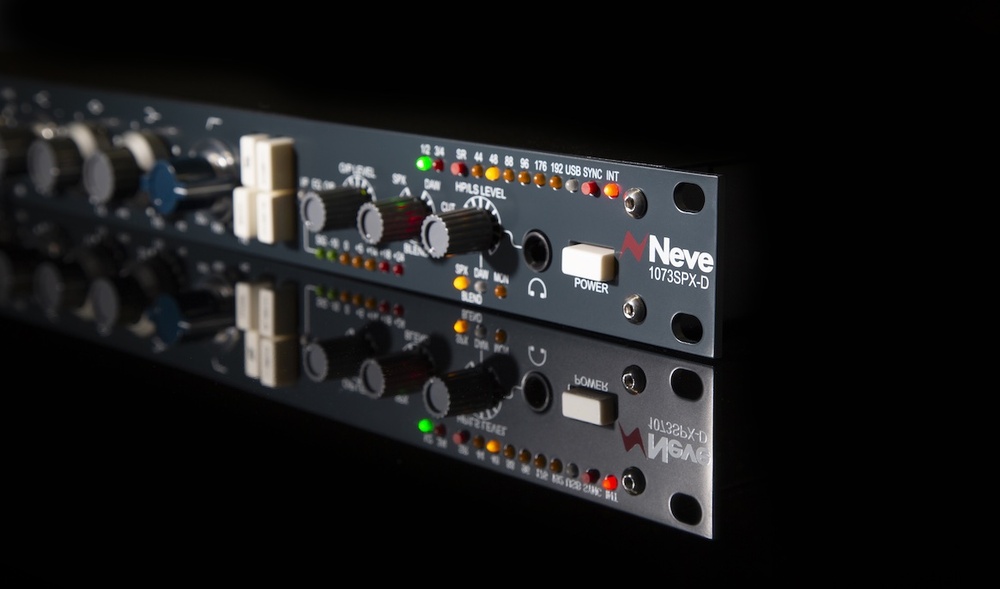
When it comes to beat-making, two prominent brands dominate the market: Native Instruments' Maschine and Akai's MPC series. Both Maschine and MPC Live 2/One offer powerful tools for music production, but which one reigns supreme? In this in-depth comparison, we'll delve into the key features, workflows, and performance of these popular devices to help you make an informed decision.
The history of beat-making machines is rich with innovation and technological advancements. Two iconic names that have become synonymous with music production are Maschine and MPC (Music Production Center). Let's take a trip down memory lane and explore the origins and evolution of these legendary machines.
Native Instruments introduced Maschine in 2009, aiming to redefine the beat-making experience. Maschine combined the power of hardware with the flexibility of software, offering a groundbreaking approach to music production. It consisted of a hardware controller paired with dedicated software, providing seamless integration and an intuitive workflow.
Initially, Maschine focused on groove production, sampling, and sequencing. Its grid-based controller and software allowed users to create patterns and scenes, layering drum sounds, samples, and melodies effortlessly. The software provided a vast library of sounds, effects, and instruments, empowering producers to explore a wide range of musical styles and genres.
Over the years, Native Instruments introduced multiple iterations of Maschine, including the Maschine MK2 and Maschine Studio. Each version brought improvements and enhancements, such as improved pads, increased processing power, and expanded software capabilities. The latest addition to the Maschine family is Maschine Plus, a standalone unit that runs on a custom Linux-based operating system, allowing for full standalone performance without the need for a computer.
Akai's MPC series has long been an integral part of hip-hop and electronic music production. It all began in 1988 with the release of the MPC60, a groundbreaking machine that combined a sampler, sequencer, and drum machine into a single unit. The MPC60 revolutionized music production, offering a hands-on approach to creating beats and samples.
The MPC series quickly gained popularity and became a staple in studios worldwide. The MPC3000, released in 1994, further enhanced the capabilities of the MPC, adding improved sampling features, more memory, and a powerful sequencer. With its iconic drum pads and intuitive workflow, the MPC series solidified its place in music history.
As technology advanced, so did the MPC. Akai continued to innovate, introducing new models like the MPC2000, MPC2500, MPC5000, and the Renaissance, which integrated the classic MPC workflow with computer-based production. In 2012, the MPC Touch introduced a touchscreen interface, combining the best of the traditional MPC feel with modern touchscreen controls.
The latest addition to the MPC lineup is the MPC Live 2, released in 2020. Building on the legacy of its predecessors, the Live 2 offers a portable standalone solution with extensive connectivity options, improved pads, and a wealth of features for live performance and studio production.
Let's begin by comparing the hardware aspects of Maschine and MPC Live 2/One. Maschine boasts a sleek design with smaller pads, ideal for finger drumming. On the other hand, the MPC Live 2 stands out with its full-size pads, providing a more substantial and responsive feel. Additionally, the Live 2 features a built-in battery and stereo speakers, making it a versatile option for on-the-go music production. The MPC One, which is a smaller version of the Live 2, offers the same powerful performance but in a more compact size.
In terms of connectivity, the MPC Live 2 takes the lead with its extensive range of options. It offers a plethora of input and output ports, allowing seamless integration with external devices. You can even install an SSD drive to expand its storage capacity, further enhancing your creative possibilities. The MPC One, while more compact, still provides ample connectivity options, allowing you to connect and expand your setup as needed.
One of the most significant differences between Maschine and MPC Live 2/One lies in their workflows. Maschine, known for its pattern and scene-based approach, presents a visually intuitive interface that lets you craft entire beats from start to finish. On the flip side, MPC employs a track and sequence-oriented workflow, providing a more traditional linear production method. Both systems have their merits, and personal preference plays a crucial role in determining which workflow suits you best.
When it comes to content, both Maschine and MPC Live 2/One come packed with abundant samples, instruments, and effects. Maschine's expansive sound library offers a wide variety of genres and instruments including synths from NI Komplete collection: Massive, FM8, Monark, Reaktor etc, while the MPC series provides an extensive collection of presets and expansions. And recently released MPC expansions sound amazing (Juno synth emulation, Piano and Strings modules).
Choosing between them depends on your musical style and preference for specific sounds.
Both Akai and Native Instruments actively support their respective devices, regularly releasing firmware updates, new instruments, effects, and expansions. These updates enhance the functionality and versatility of the machines, providing users with exciting new features. It's important to note that the support and updates for both machines have improved over time, addressing any initial concerns or issues.
Learning any new music production device takes time and effort. While Maschine offers a more straightforward learning curve, allowing for quick adaptation and muscle memory development, MPC Live 2/One may take a bit longer to master due to its more intricate menu system. However, the MPC series offers helpful scale and BPM detection features, aiding in sample manipulation, which is yet to be implemented in Maschine.
Pricing is a significant factor to consider when choosing between Maschine and MPC Live 2/One. The MPC Live 2 tends to be slightly more expensive than Maschine Plus, while the MPC One provides an entry-level option at a more affordable price. Considering the features, build quality, and overall package, each device offers good value for the money, depending on your specific needs and preferences.
In the end, the choice between Maschine and MPC Live 2/One boils down to personal preference, workflow requirements, and budget. Both platforms are highly capable and widely used by music professionals. It's advisable to evaluate your music production style, desired features, and overall experience to determine which one aligns more closely with your creative vision. Whether you opt for Maschine or MPC Live 2/One, you'll be equipped with a powerful tool to produce incredible beats and unlock your musical potential.

Ableton Move: Revolutionizing Mobile Music Production In the ever-evolving landscape of music technology...

Introduction In the world of audio recording, few pieces of equipment have left as indelible a mark as t...

Stability AI, a prominent player in the generative AI space, has released an update to their AI music ge...

Neve has just unveiled the 1073SPX-D, the world's first audio interface built around the iconic componen...